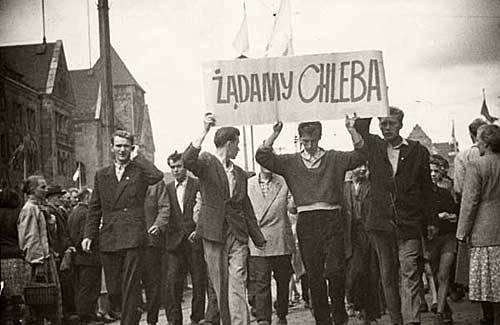by Dennis Crouch
Currently in Patent Law Course, we coated the Supreme Court’s significant determination in Markman v. Westview Devices, Inc., 517 U.S. 370 (1996) focusing on the question of no matter whether the patentee has a 7th Modification proper to have a jury decide “genuine factual disputes about the which means of a patent?” The Supreme Court’s answer: No, even though declare construction may contain fundamental factual determinations, the doctrine is finally a issue of legislation ideal made a decision by a choose. Id. Twenty yrs later on, the Supreme Courtroom reiterated these exact theory in Teva Pharm. United states, Inc. v. Sandoz, Inc., 574 U.S. 318 (2015) (keeping that, underlying factual findings really should be provided deference on appeal).

The underlying patent (RE33,054) was directed to an inventory management procedure for a drycleaner. A jury sided with the patentee and discovered infringement, but the district court docket turned down the verdict. Rather, the district court docket awarded Judgment as a Subject of Legislation to the defendant on grounds of non-infringement. The district courtroom particularly considered the declare time period “inventory” and construed that time period to be tied to individual articles or blog posts of clothing–as would be essential to fulfill the claimed ingenious outcome to “detect and localize spurious additions to inventory.” Less than that development, the defendant could not infringe for the reason that its system tracked transactions alternatively than article content of apparel, and each and every transaction may well contain several posts. On attractiveness, the Federal Circuit issued an in banc affirmance. Then on certiorari, the Supreme Court also affirmed. This double affirmance suggests that the Federal Circuit’s conclusion also continues to have precedential merit. Markman v. Westview Instruments, Inc., 52 F.3d 967 (Fed. Cir. 1995), aff’d, 517 U.S. 370 (1996).
Despite the fact that law-actuality divide is an crucial aspect of advanced litigation treatment — specifically patent legislation. In Markman, the query was “who decides” judge or jury In Teva, the concern was appellate deference to district courtroom simple fact locating In Microsoft Corp. v. I4I, Justice Breyer described that the regulation-point divide is vital for burdens of evidence considering that burdens this sort of as clear-and-convincing-proof only apply to factual findings and no this kind of burden is affiliated with challenges of law. Microsoft Corp. v. I4I Ltd. Partn., 564 U.S. 91, 114 (2011) (Breyer, J, concurring). In addition, the evidentiary benchmarks tied to the Federal Principles of Evidence applies to troubles of fact, and does not (essentially) bind the inquiry into inquiries of law.
The Markman listening to swiftly grew to become a well known course of action for district court’s to acquire argument and evidence ahead of construing the promises (often resulting in summary judgment). Due to the fact of their reputation, Markman is – by significantly – the most cited Supreme Court docket patent circumstance of the 1990s. Markman hearings show how timing is also essential for the regulation-reality divide. Declare construction is determined in advance of demo leaving juries often staying witnessed as irrelevant to inquiries of infringement and anticipation. This is specifically legitimate when functions craft their proposed claim development to hone-in on the final queries of infringement or validity.
To help its summary that the 7th Amendment does not call for a jury demo on factual disputes about the indicating of a patent, the Supreme Court docket to start with seemed to historical past. The court recommended that historic analysis is the most effective strategy because the 7th Amendment involves that “demo by jury shall be preserved.” This amendment was portion of the Monthly bill of Legal rights ratified in 1791 and so the courtroom typically appears to be back again to that time for its historic preservation analysis. The dilemma even though is that patents at that time did not consist of statements, and so there was no historic answer. The court then seemed to precedent–citing a variety of 19th century instances and treatises reflecting that assert construction was a judicial operate. And, the courtroom also concluded that giving the authority to judges would get far better success, considering that judges are better at construing lawful paperwork than juries, and also direct to far more uniformity of regulation.
In Markman, we discovered that it is the judge’s function to construe the claims, but courts continued to argue about assert design methodology and procedure. The proposed uniformity was lacking. In my check out, the uniformity has now mostly been realized, at the very least in just the court process, as soon as Phillips v. AWH Corp., 415 F.3d 1303 (Fed. Cir. 2005) (en banc) was decided and the dust settled.





More Stories
Hakeem Jeffries’s historic election as House Democratic leader, explained
White House Says Immunity for MBS Was Unavoidable. Privately, They Weren’t So Sure.
Telephone Anxiety: Millennials Hate Mobile Calls